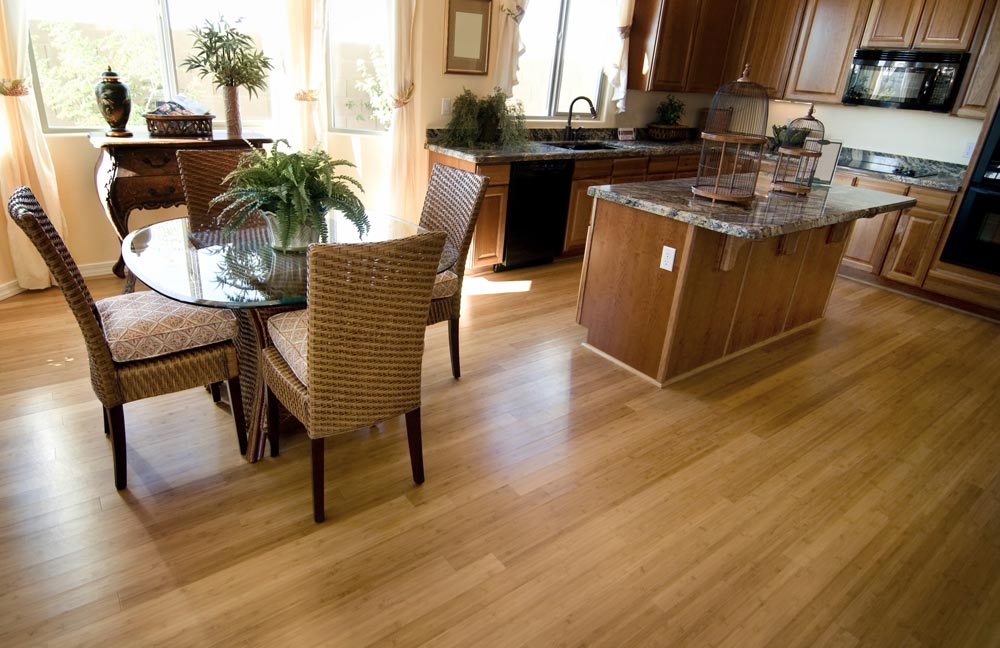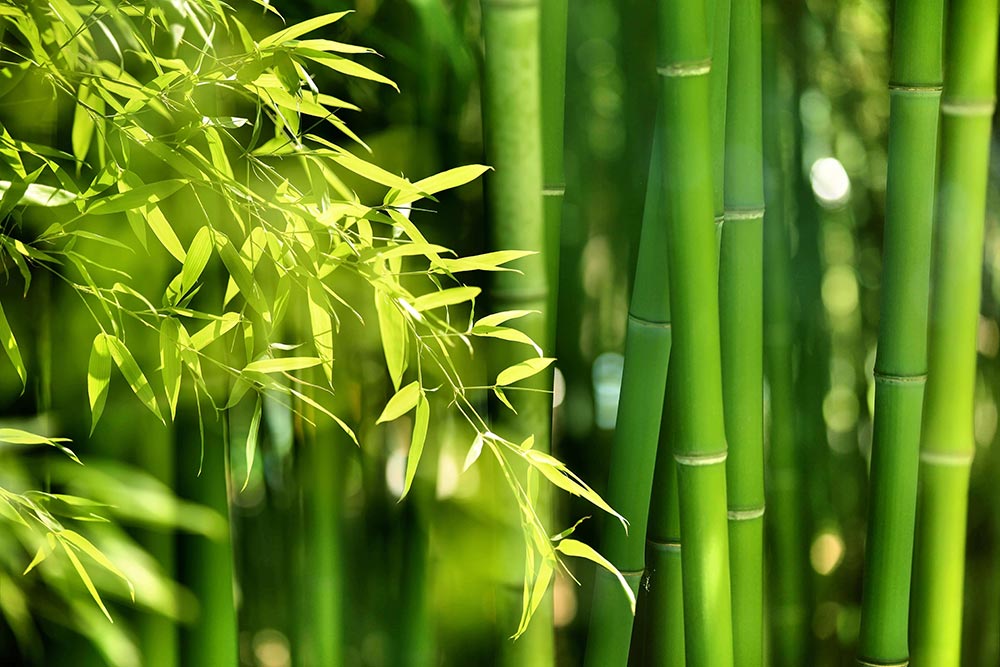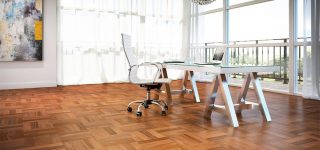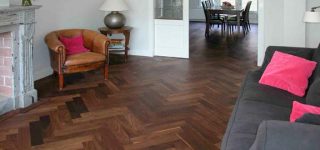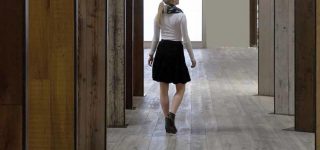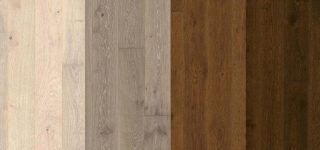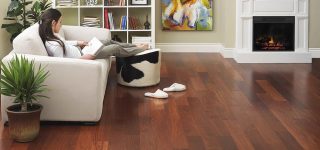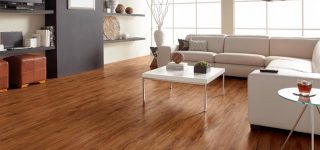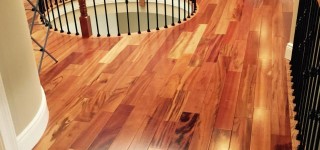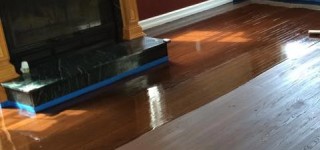Bamboo flooring is an increasingly popular choice for flooring in tropical and temperate countries because of its durability, practicality and beauty as well as its renewable nature. Yet, bamboo is one of the least understood building materials in comparison with traditional hardwoods like oak.
In this blog post, we shall take a closer look at bamboo flooring from its cultivation to its installation.
Bamboo Flooring and its Unique Points
Bamboo flooring should be treated with respect, so to speak. Keep in mind that bamboo flooring has its unique characteristics that differentiate it from other types of flooring materials, such as:
Bamboo is a grass, not wood. You have to let go of whatever wood assumptions you have when choosing, installing and maintaining bamboo flooring for this reason.
While strand-woven bamboo may look like wood, it is not wood. While it looks more like wood than traditional bamboo flooring, the similarities stop here. It must be emphasized that strand-woven bamboo is infused with glue, thus, it is less like wood.
Bamboo wood flooring products are not created equal, far from it. Like with most building materials, you will get what you pay for so it always pays to compare your choices based on quality first and price second. You should always buy your bamboo flooring from a reliable manufacturer or supplier to ensure excellent quality and, thus, the best value for your money.
When you can accept these facts where bamboo flooring is concerned, you are well on your way to understanding bamboo as a flooring material.
Bamboo Flooring and its Original Biology
While bamboo can grow in the wild, which is the case in many parts of the world particularly Asia, bamboo grown for the construction industry require intensive cultivation in bamboo forests. The quality of the bamboo flooring will partly depend on the quality of the raw material itself and partly on the quality of the harvest and manufacture processes applied on it.
Bamboo cultivation requires appropriate knowledge and skills as well as tools and technologies to ensure the best quality upon harvests, which usually takes place once every 5 to 5½ years. Every species of bamboo requires specific growing conditions although most species will thrive in tropical, sub-tropical and temperate climates. The soil must be nutrient-rich and moist for maximum growth.
Bamboo flooring is considered one of the most durable flooring materials because of its high tensile strength. Its durability comes from the fact that bamboo contains abundant amounts of lignins, natural resins that give the grass strength and density, especially in the vascular bundles. Studies have proven that bamboo has higher tensile strength than steel.
Bamboo Flooring and its Manufacturing Process
The manufacture of bamboo wood flooring has several challenges mainly due to the biological structure of the raw material. For one thing, the imbalance in the distribution of the strong fibers results in each bamboo strip having a dense and less-dense side. The outer walls of a bamboo stalk have more strong fibers than the inner walls, which is in contrast with wood where the strong fibers are more evenly distributed.
For each bamboo strip, the inner part is more stable than the outer part, thus, one side will contract and expand more than the other – truly, a big challenge that manufacturers of bamboo flooring should overcome.
For another thing, bamboo flooring will expand and contract along its length. Said quality means that bamboo flooring installations must account for longitudinal shrinkage.
Manufacturers, fortunately, have discovered several ways to counteract the inherent imbalances of bamboo wood flooring. For example, the bamboo strips are oriented in such a way that the imbalances are cancelled out, thus, resulting in a sturdier and stronger building material.
Bamboo Flooring and its Installation Tips
Due to the nature of bamboo flooring products, homeowners are strongly advised to ask professional wood installers for the installation process. Otherwise, there will be several flaws including waves, cups and glue lines, all of which can compromise the overall beauty, functionality and durability of the bamboo wood flooring.
Here are a few tips, nonetheless that homeowners should remember when installing bamboo flooring:
For high traffic areas use strand woven bamboo instead regular bamboo flooring.
Thoroughly acclimate the bamboo wood flooring and carefully measure its moisture content before installation.
Most important, you have to purchase bamboo wood flooring from Wood Floor Planet so that you will get high-quality products and outstanding customer service.









